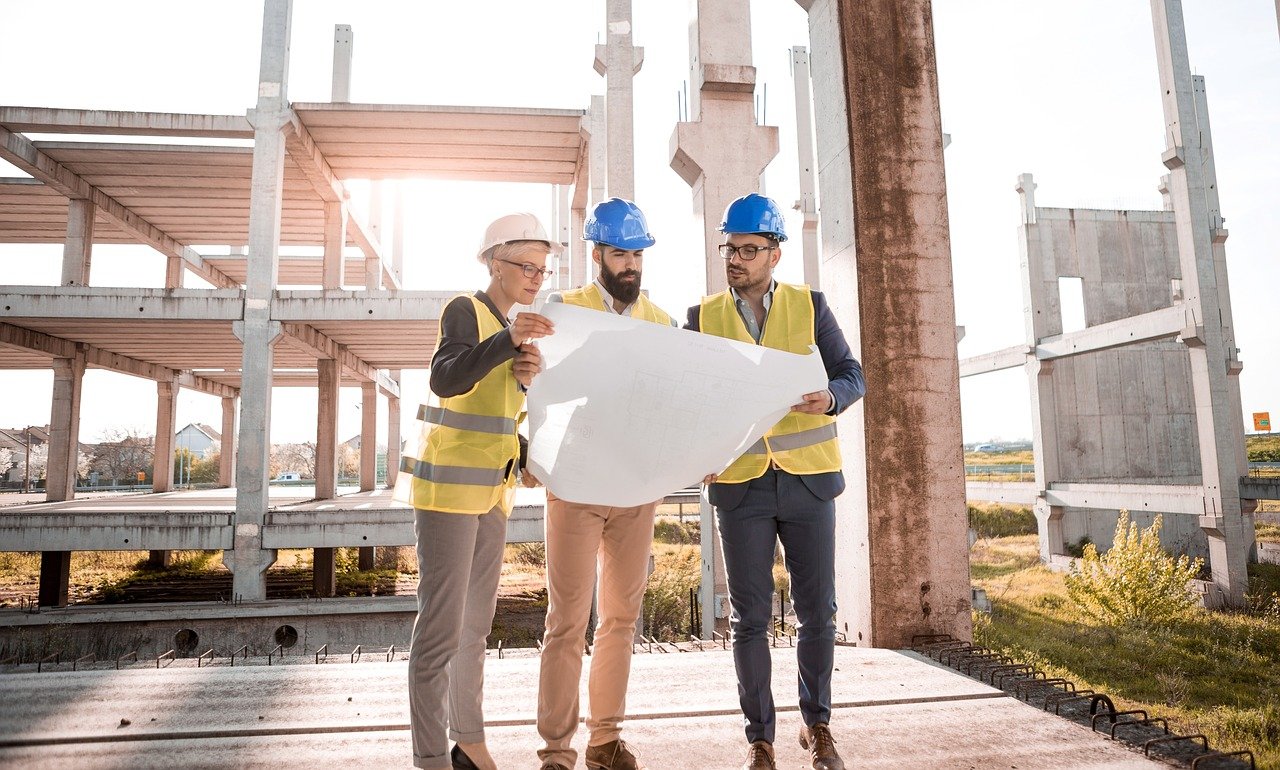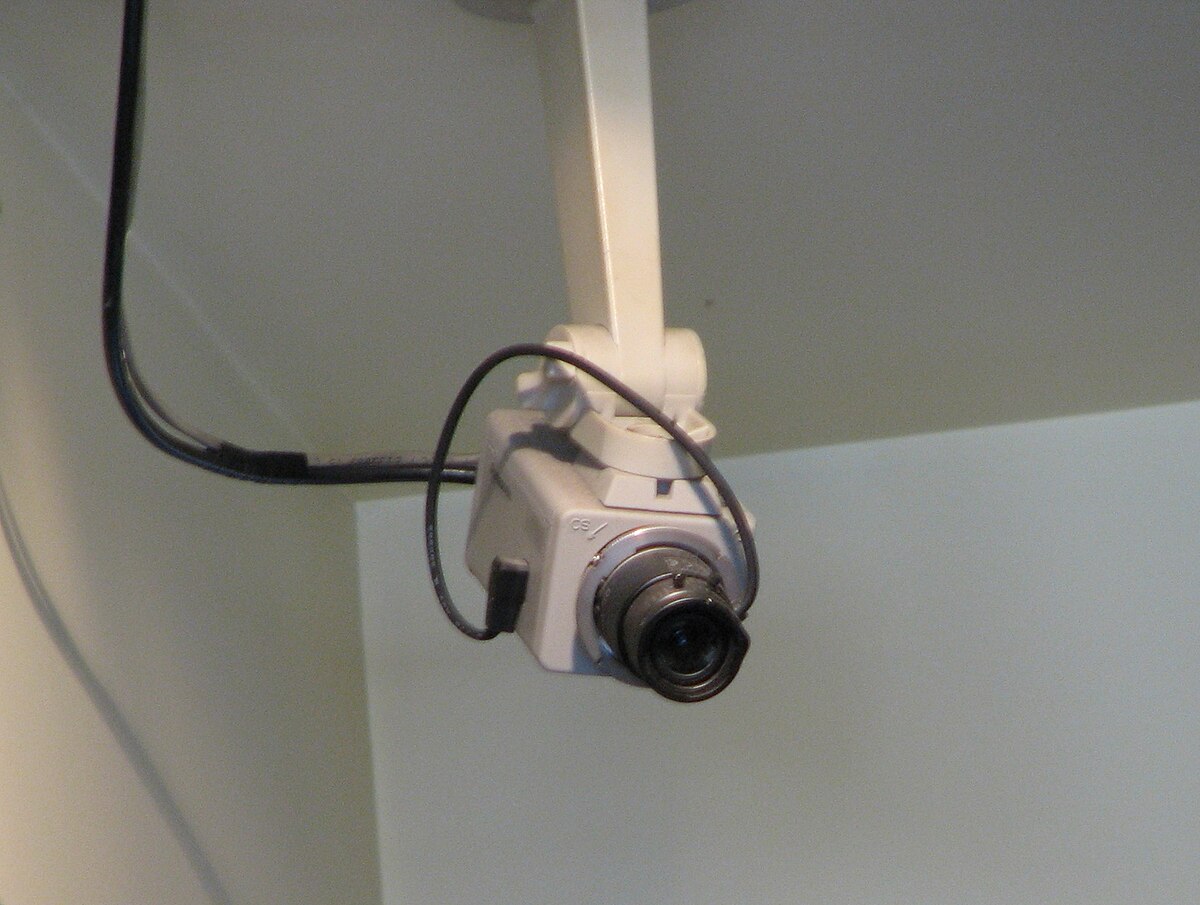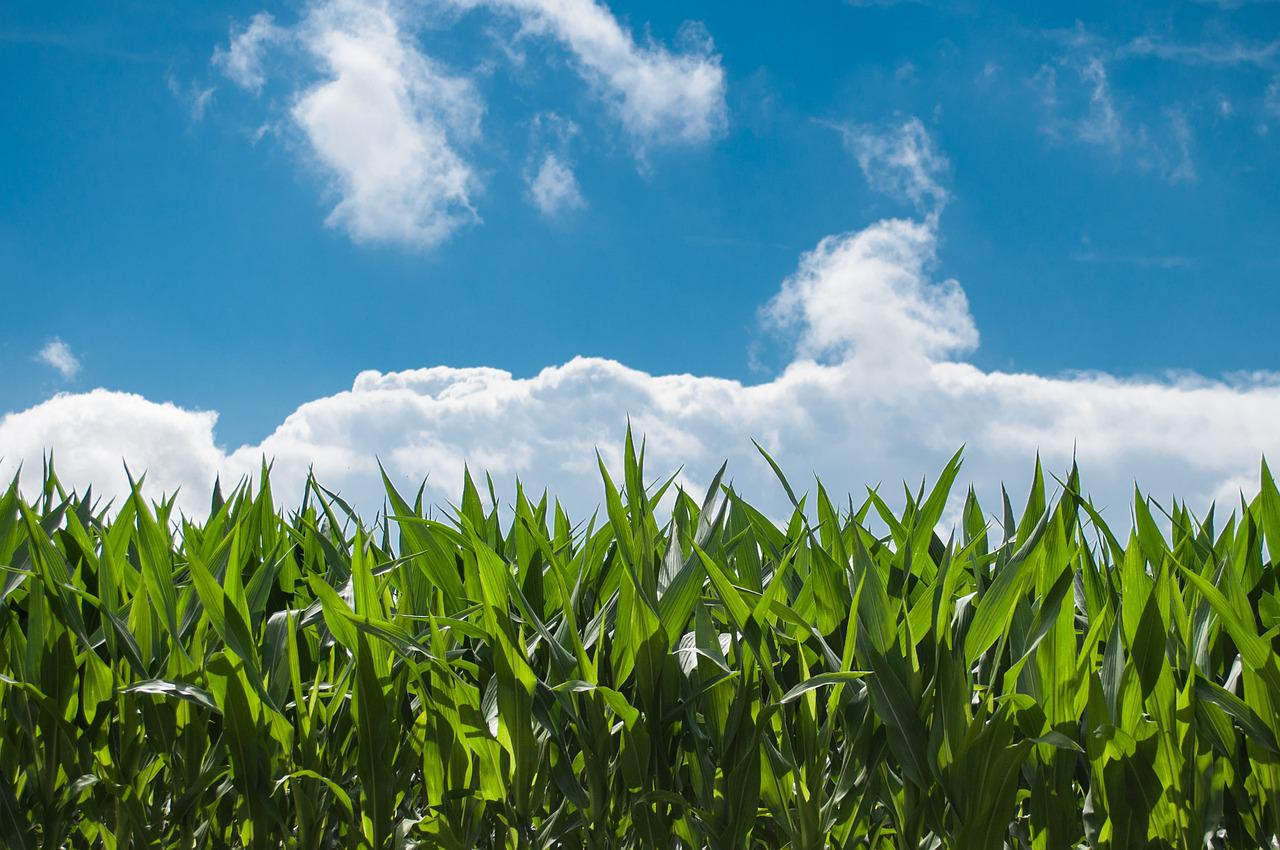Construction is a dangerous business and accidents on site are not uncommon. Between 2019 and 2020, 61,000 cases of non-fatal work-related injury were reported to HSE by the construction industry, along with 44 fatalities. The most common kinds of accidents on construction sites in the last three years were slips, falls or trips on the same level, falls from height and injury by flying/falling object.
Many of the accidents which occur on a construction site are preventable, which is why following health and safety procedures is so crucial. Implementing a few small changes can minimise safety risks, both to the workers and members of the public. Here we explore how common accidents can be prevented on site.
Using PPE
Wearing PPE can prevent a number of serious injuries in the event of an accident. Construction workers are often given hi-vis vests to ensure they are clearly visible to those driving large vehicles or operating heavy machinery. Wearing a hi-vis vest can also make it easier to see somebody if they are trapped under something.
Other common PPE for construction workers are protective glasses to reduce the risk of eye injury, ear defenders to protect hearing when working around high level noise, and face masks to prevent inhalation of toxic substances such as asbestos. All of this kind of protective gear can be sourced from PPE suppliers who specialise in construction.
Training for staff and workers
Anyone working on a construction site should receive in-depth health and safety training before they are allowed on site. They must be made aware of the safety risks involved in their role and the site itself, and how to minimise the risk of harm to themselves and others. For example, wearing PPE and following health and safety guidelines.
As part of the training, anyone working on site must be aware of how to spot a potential health and safety risk and who to report it to. First aid and resuscitation training is an essential skill anyone working in construction should have, as survival rates will be higher in the event of a catastrophe if there are people on site who have the skills to preserve life.
Use of signage
While employers can provide training and reminders about health and safety, staff may find they forget about procedures or rules, especially when busy or stressed. To ensure the rules are followed and everyone is consistently reminded of them, add signs around the site to prompt workers. For example, “Hi-vis vests must be worn” or “No access without hard hat”. Not only will this remind the workers of their responsibility for their own safety, but it will also ensure any visitors to the site are aware of the health and safety rules and are also following them.
Opt for professionally printed, hard-wearing signs that can be used again and again, rather than paper or cardboard notices which can easily be damaged in poor weather. Choose bright, obvious colours for your signs, as this will make them more visible and harder for people to miss.







